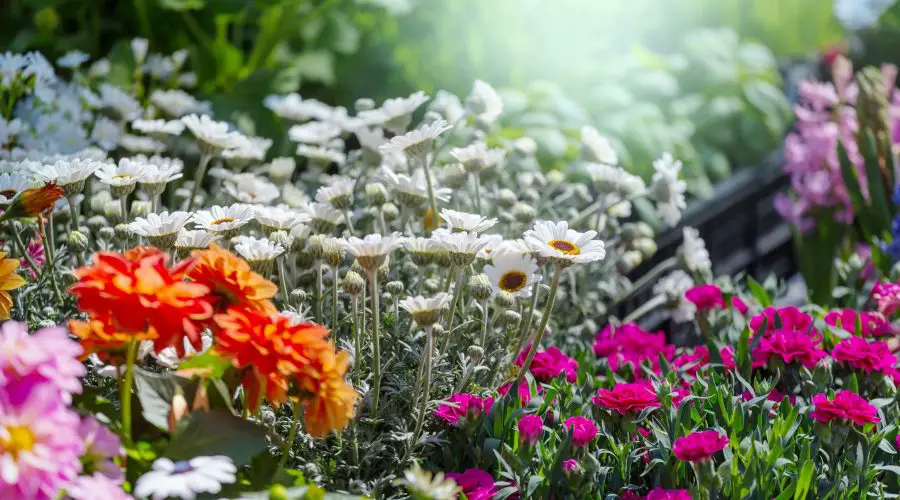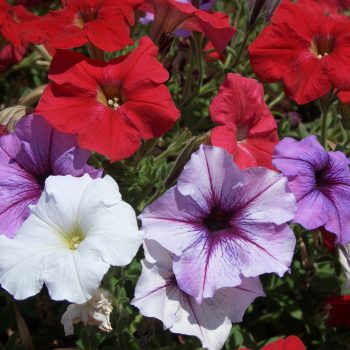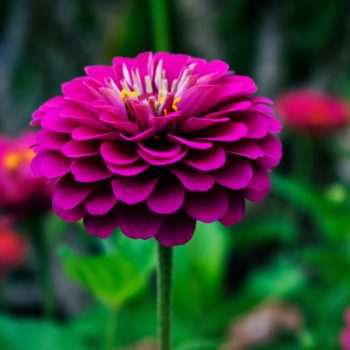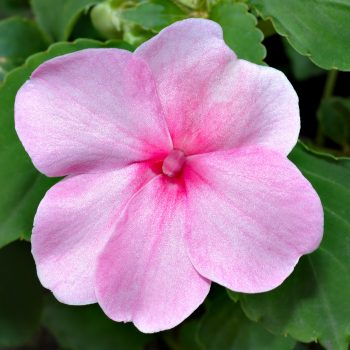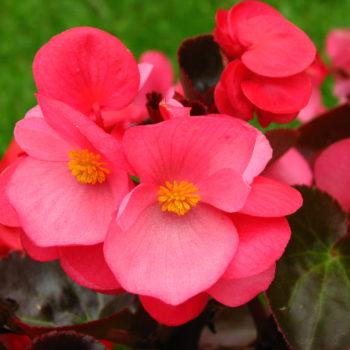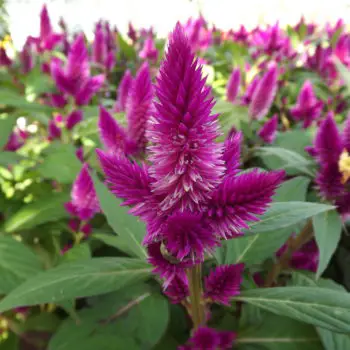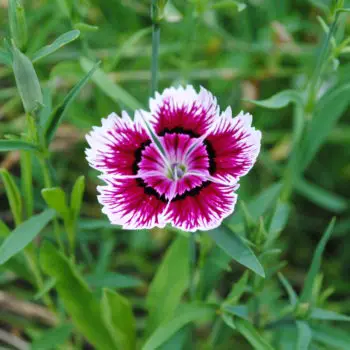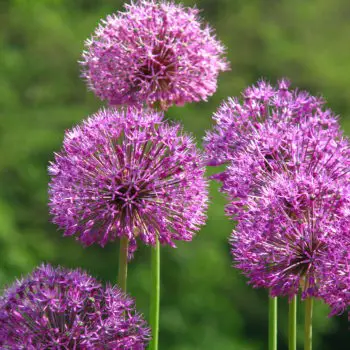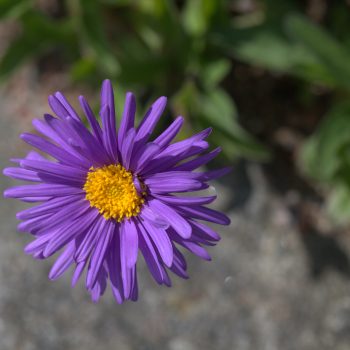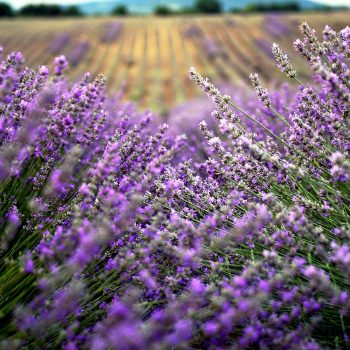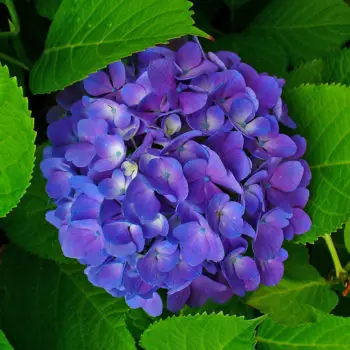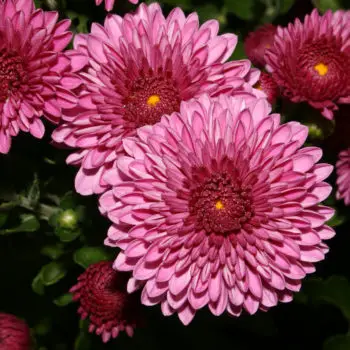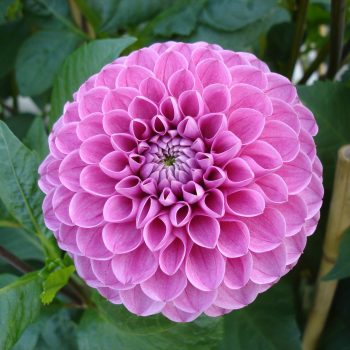Plant & Flower Types and Classification
One thing you should definitely know before starting a garden or flowerbed is the difference between annual, perennial and biennial plants. You have probably noticed that some flowers need to be planted each year, while others pop up all by themselves year after year. But why is that so?
Classification of Plants
We see a variety of plants around us. They share many characteristics, but they are also different in some respects. Hence, the classification of plants can be based on many factors. According to their growth cycle, plants are classified as annuals, biennials, or perennials.
Annuals
Some believe annual plants keep coming back each year on their own because annual means “yearly “. That’s wrong! Actually, annual plants get their name because they only have a one-year life span.
Annual plants are plants that complete their life cycle in one growing season. The evolutionary strategy of many annuals consists of the rapid growth of flowers, and then seeds. Most annuals put their energies into flowering and producing seed since they are not trying to put a significant portion of their resources underground as perennials do. They start from seed, quickly grow, bloom continuously, set seed and then die in one growing season. Evolutionary, this is a risky strategy because bad year may mean no reproduction at all for that year. Annuals typically bloom all season long, which is much longer than perennials and biennials. They must be planted or seeded every year unless their growing conditions are such that they seed themselves.
Some examples of annuals include Petunias, Zinnias, Impatiens and most of the showy, long- blooming plants.
Some annuals include:
Perennials
Perennials are plants that flower year after year. Some perennials are short-lived and some are long-lived. They require one or more growing seasons to flower and set seeds and may live for many growing seasons. Perennials overwinter and grow again the following year and don’t have to be reseeded or replanted every year. They have fewer flowers than annuals because their energy is put into developing strong roots instead of flowers. They also have a shorter flowering season than annuals.
Some easy-to-grow perennials require very little maintenance and are perfect for beginner gardeners.
Some perennials include:
Alliums, Asters, Lavendulas (Lavenders), Hydrangeas (Hortensias) and Chrysanthemums (Mums).
We categorize perennial plants into two types: herbaceous and woody perennials.
Herbaceous perennials have nonwoody stems that generally die back to the ground each winter.
Woody perennials have woody stems that withstand cold winter temperatures. Unlike herbaceous perennials that die off to the ground every year, woody perennials do not die to the ground. Woody perennials, especially trees and shrubs, grow much larger than herbaceous perennials.
Biennials
There are also biennials, short-lived perennials that have a two-year life span. They complete their entire life cycle in two years. During the first year, biennials grow only the roots, stems and leaves. They will have a short stem and low growing rosette of leaves. During the second year, the entire plant will flower, grow and die at the end of the season. Most biennials you find in nurseries or online shops are already flowering and in their second year. Examples of biennials: Alceas (Hollyhocks), Digitalis (Foxgloves) and Myosotis (Forget Me Not), depending on species.
Choosing the Perfect Plant
Now that you know the difference between annuals, perennials and biennials, which ones are best suited to your garden?
It’s all about putting the right plant in the right place. You can combine all three types of plants. Understanding the pros and cons and life cycles of annuals, perennials and biennials will help you to create a wonderful garden or flowerbed.
The most colorful of the flowers are annuals, so they are used to provide season-long color and interest. Annuals are used as a group or mixed with a perennial garden. Perennials usually bloom for a short period each season and then die back, so are generally mixed with other plants to give an all season of bloom. They are often combined with annuals to provide contrasts and blooms during different parts of the growing season. It’s simple, perennials and annuals can make beautiful partnerships in the garden.
It’s also worth to mention that some annuals are perennials in warmer climates. For example, Petunias, though mostly grown as annuals are perennials in warmer climates.

